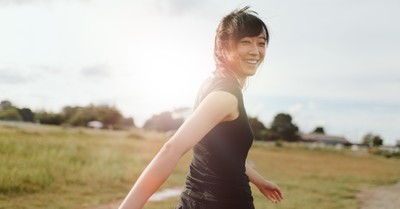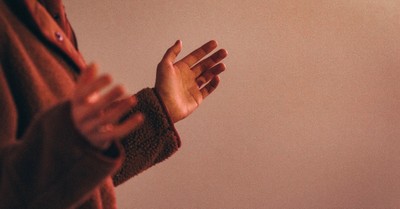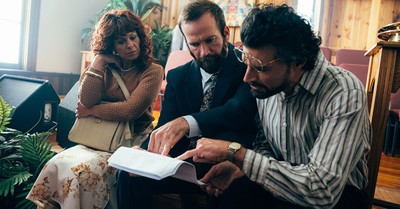Women on a Mission
- Patti Chadwick
- Published Sep 08, 2003

"I press toward the mark for the prize of the high calling of God in Christ Jesus." ~~ Philippians 3:14
God has given each of us a task to complete in this life. We are women with a mission! Fulfilling your life's mission on earth is an essential part of living for the glory of God.
Our mission in life includes serving God, serving other believers, and serving the world at large. Our mission is actually a continuation of Jesus' mission on earth: we are to go into the world and tell others the good news of God's saving grace. We are also to build each other up in our faith and use the gifts God has given us to serve one another. Though it is a big responsibility, it is also a wonderful privilege to be used by God.
Mary Lyon is a woman who took her life's mission seriously. Her only fear in life was that she would not recognize what God wanted her to do or that she'd fail to complete her assigned task. Her mind was put at ease as, from her own personal experience, Mary found her God-given mission and spent her life improving the educational opportunities for women.
Mary Lyon was born on February 28, 1797 on the family's 100 acre farm near Buckland , Massachusetts to Aaron and Jemina (Shepard) Lyon. Her parents were from strong New England Stock, her father being a veteran of the Revolutionary War. Mary grew up in the Christian faith passed down to her from generations. The family lived in a comfortable farmhouse surrounded by relatives and she attended services in the local church.
When Mary was a child in the early 19th century, schooling for girls was considered by many to be a waste of time. A girl's education was uneven, at best, and frequently non-existent. Most felt that girls did not need to be educated to become wives, mothers, and caretakers of the house. Mary was fortunate that the school in Buckland allowed girls to attend school year round and, though she left school at the age of thirteen, she had more education than most girls, who knew little more than the basics of reading, writing, and math, if that much at all.
In 1814, when Mary was just seventeen, she was offered her first teaching job at a summer school in the nearby town of Shelburne Falls. At that time teachers needed no formal training, only a good reputation as a student, which Mary had. The job paid seventy-five cents a week, which was far less than the $10-$12 per month that male teachers received to teach the winter term. As was the custom of the day, Mary "boarded around" in the homes of her students, often having to move residences every five days. It was a difficult job teaching children from the ages of four to ten in the crowded one room school house, and it was even worse on rainy days when the older boys came in from the fields to attend school. However, Mary worked hard to improve her teaching skills and her ability to keep order in the schoolhouse.
Her experience teaching became the catalyst for Mary to seek to further her own education, which was no small task for a nineteenth century woman who had little money. Though there were obstacles in her path, related to both finances and gender, Mary was determined to further her education. She spent the next several years partly in front of the classroom as a teacher and partly struggling to find a place for herself in classrooms and lecture halls so she could learn more and fill in the gaps of her education Mary's reputation as an educator spread all over the New England region. For the next twenty years she taught at schools in Massachusetts and in New Hampshire . She became an authority on the education of women and it was during these years that Mary developed her educational philosophy and gained experience in managing a school.
Her struggle in obtaining a good education gave Mary a new idea. She decided to establish an affordable college for women with an advanced curriculum equal to that available to men; one that prepared women for more than homemaking and teaching In pursuit of her dream Mary traveled and fundraised to win support for her ideas and in 1837 she opened Mt. Holyoke Female Seminary. Eighty students were in that first class and the next year 200 women applied for 90 available seats. The cause of female education had entered a new era.
Mary's devout Christian faith influenced the spiritual life of the seminary. Students were required to attend church services of their choice, chapel talks, prayer meetings, and Bible study groups. Twice a day teachers and students spent time in private devotions. Every dorm room had two large lighted closets to give roommates privacy during their devotional time.

To learn more about Mary Lyon and Mount Holyoke College click here.
Patti Chadwick is a freelance writer and publisher. Check out her online magazines at www.parentsandteens.com and www.historyswomen.com. For family-friendly books at affordable prices visit www.pcpublications.org. While you are visiting sign up for her free newsletters.



















